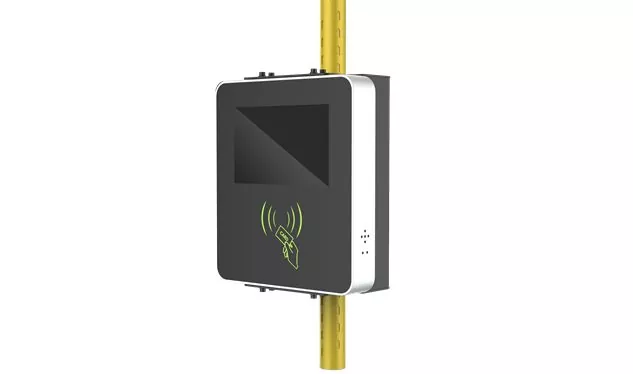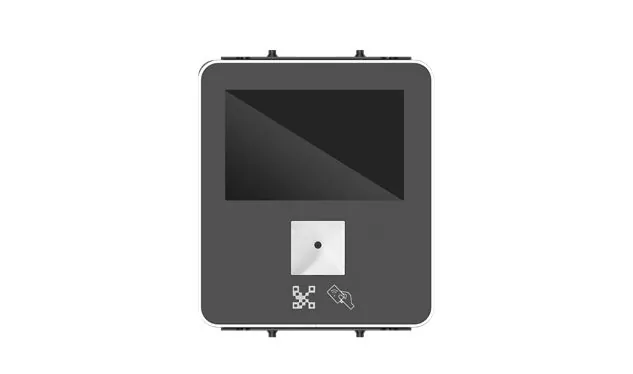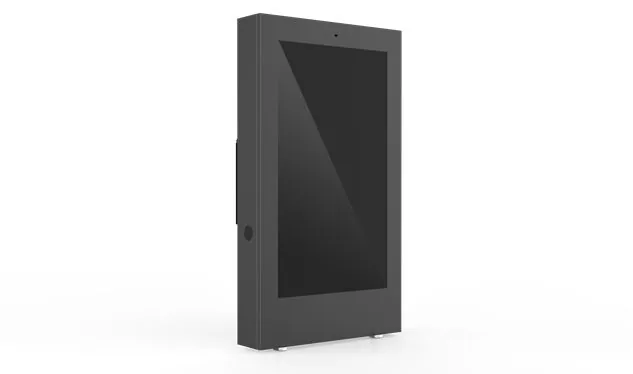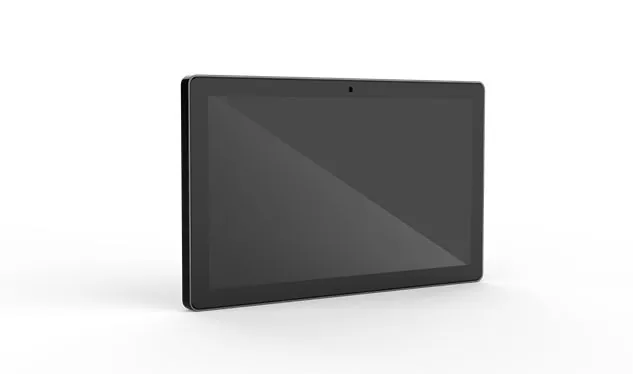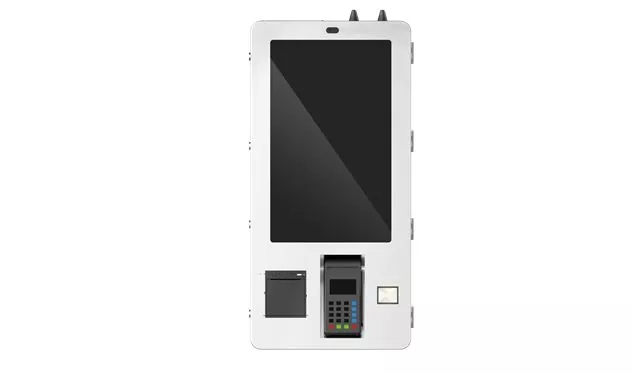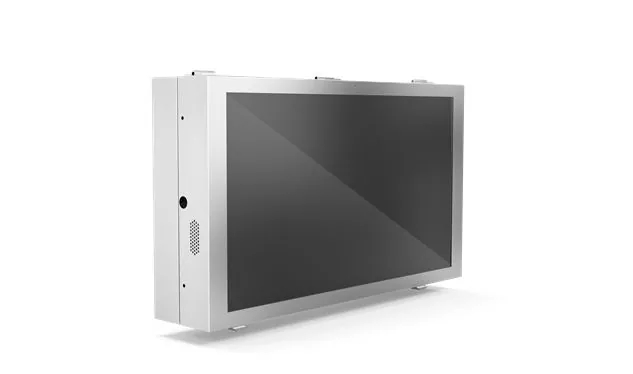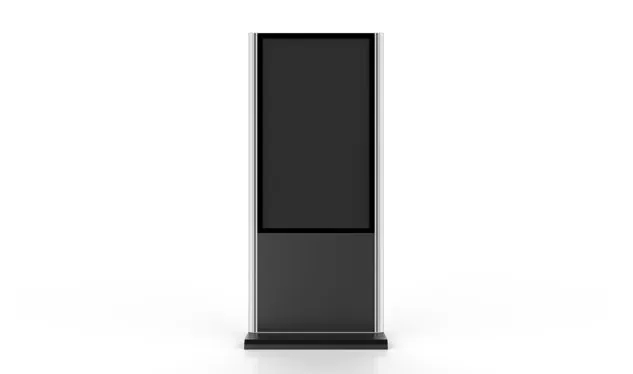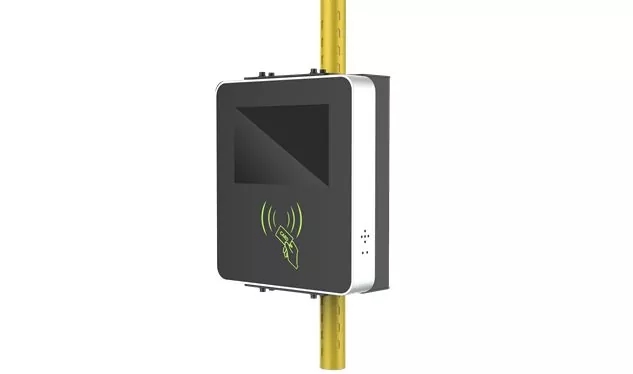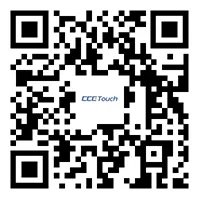High Brightness Touch Screen Monitor
High Brightness Touch Screen Monitor: Introduction and Working Principle High brightness touch screen monitors are specialized displays designed to deliver clear and vivid visuals in bright environments, including direct sunlight. These monitors are commonly used in outdoor applications, such as digital signage, kiosks, point-of-sale (POS) systems, and industrial control panels, where visibility and touch functionality are critical.
Send Inquiry
Key Features:
Enhanced Brightness: These monitors offer a significantly higher brightness level, often ranging from 1000 to 3000 nits or more, compared to standard displays that typically range between 250 to 350 nits. This high luminance helps the screen remain readable even in intense ambient light conditions.
Anti-Glare and Anti-Reflective Coatings: To minimize reflections and enhance readability, high brightness touch screens are often equipped with anti-glare or anti-reflective coatings. These coatings reduce the amount of light reflected off the screen, improving contrast and clarity.
Advanced Touch Technology: These monitors use touch technologies such as Projected Capacitive (PCAP) or Infrared (IR) touch, providing accurate and responsive touch functionality even when used outdoors. Some models can detect touch inputs even when the user is wearing gloves or in wet conditions.
Durability: Designed for outdoor and industrial environments, these screens often feature rugged enclosures, tempered glass, and are rated to withstand dust, water, and physical impacts. They often come with IP (Ingress Protection) ratings like IP65, indicating resistance to water and dust.
Automatic Brightness Adjustment: Many high brightness monitors have sensors that automatically adjust the screen’s brightness according to the surrounding light conditions, optimizing visibility while conserving energy.
Working Principle:
Backlight Technology: High brightness touch screen monitors use powerful LED backlights to achieve their bright display levels. Unlike standard monitors, which use lower-output LEDs, high brightness screens use high-output LEDs with enhanced light diffusion to create a uniformly bright image.
LCD Panel with Enhanced Light Transmission: The LCD (Liquid Crystal Display) panels in these monitors are engineered to allow more light to pass through, enhancing the overall screen brightness. This is achieved by optimizing the polarizers and filters used within the panel.
Optical Bonding: Some high brightness monitors employ optical bonding, a process where a layer of adhesive bonds the display panel to the cover glass. This reduces internal reflections, increases contrast, and improves touch accuracy, especially under bright conditions.
Touch Sensor Integration:
Projected Capacitive (PCAP) Touch: This technology uses a grid of conductive sensors beneath the glass surface. When a finger (or conductive object) comes close to the screen, it disrupts the electrical field, registering a touch point. This method is highly responsive and works well in various weather conditions.
Infrared (IR) Touch: IR touch screens use a grid of invisible infrared light beams across the screen surface. When an object touches the screen, it interrupts these beams, registering the touch location. This type of touch is robust and works even when the screen is wet or with non-capacitive objects like gloves.
Brightness Control Systems: The monitor uses light sensors to detect ambient light levels. Based on these readings, the screen automatically adjusts the brightness to provide optimal visibility without excessive power consumption. This feature also helps prolong the lifespan of the backlight.
Thermal Management: High brightness touch screens often incorporate thermal management solutions such as heat sinks, fans, or other cooling systems to dissipate heat generated by the high-output backlight, ensuring reliable operation even in extreme temperatures.
Applications:
Outdoor Digital Signage: Used in advertising displays, bus stop shelters, and public information boards.
Kiosks and Self-Service Machines: Deployed in outdoor ticketing systems, ATMs, and self-checkout stations.
Industrial and Marine Applications: For use in environments that demand durable, sunlight-readable displays, such as factory floors, ships, or construction sites.
Transportation and Automotive: In navigation, infotainment systems, and dashboards that need to be visible in varying light conditions.
Overall, high brightness touch screen monitors combine advanced display technologies to ensure clear and responsive user interaction in bright and challenging environments, making them essential for outdoor and industrial applications.



